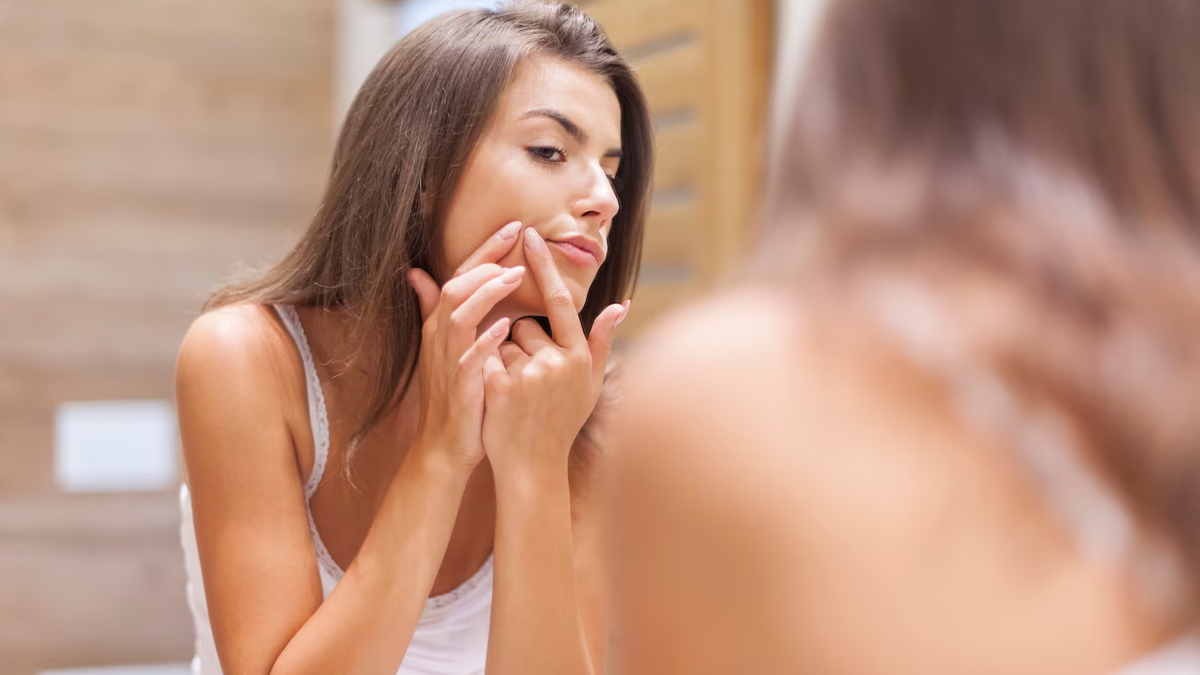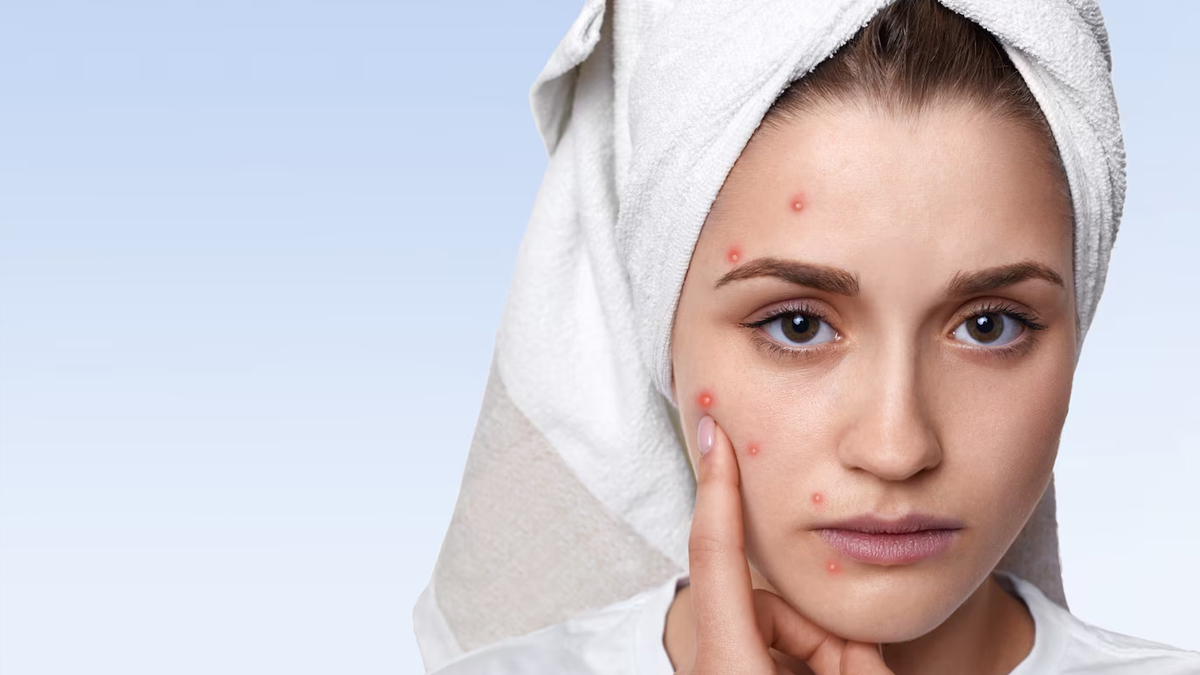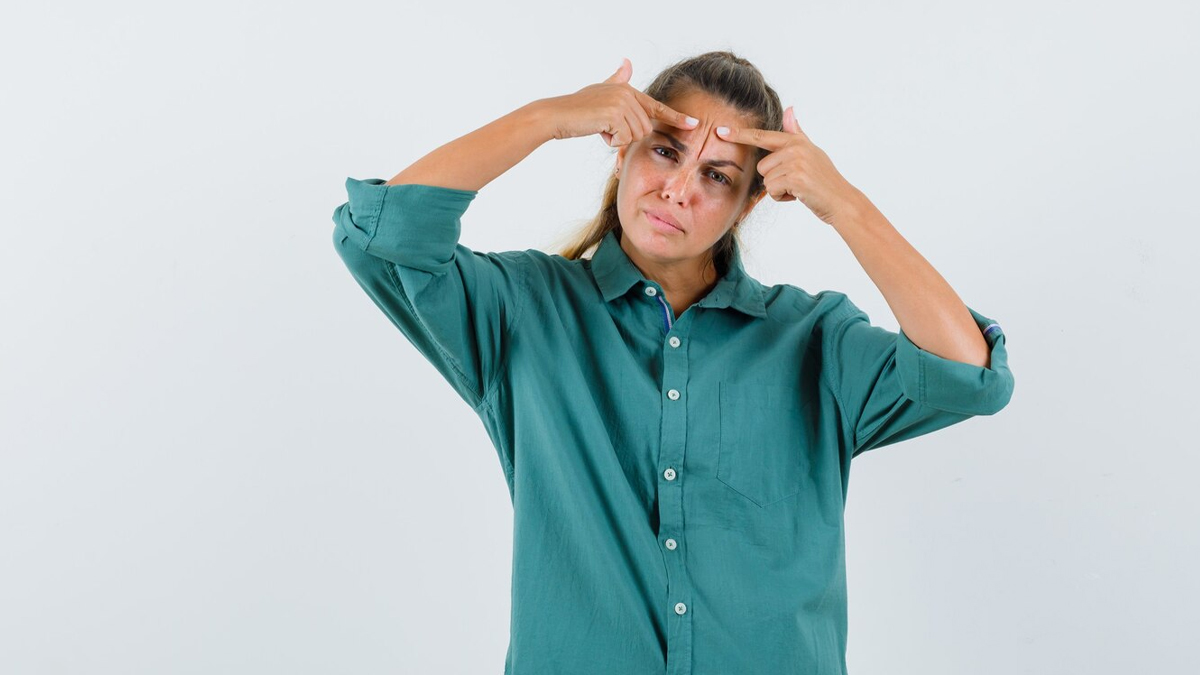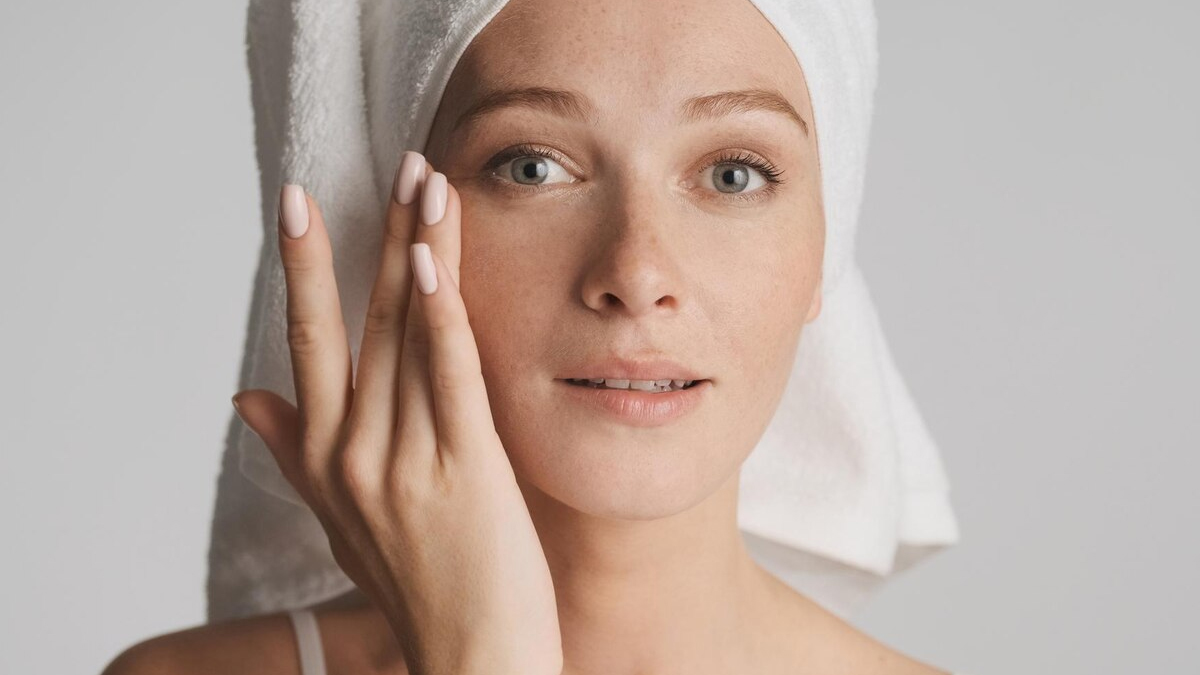
Pimples can be problematic for people of all ages. Not only does it affect people’s appearance, but sometimes it also crushes self-esteem.
According to Dr Geetika Srivastava, Dermatologist and Founder of Influennz Skin and Hair Clinic, pimples are one of ‘the hallmarks of acne,’ characterised by red, inflamed, and raised spots that usually contain whitish or yellowish fluid on top—mostly painful. They can occur due to a combination of factors, including clogged pores, bacteria, inflammation, and excess oil production.
Table of Content:-
A pus-filled acne or a pimple can be tempting to pop or burst. But is this the right way to approach it? Not really, says Dr Srivastava.
Why You Shouldn’t Pop Your Pimples

Unfortunately, popping a pimple can have a detrimental effect on your skin health.
In general, pimples and comedones, which are colloquially known as blackheads and whiteheads, are the results of the congestion of pores.
“When you pop a pimple, you apply pressure to the skin, which can cause the contents of the pimple to be pushed deeper into the skin,” says Dr Srivastava, adding that it can lead to a host of skin issues, including blemishes, post-inflammatory hyperpigmentation (dark spots), and scarring.
She notes that the act of popping a pimple can also introduce bacteria from your hands into the pimple, leading to infection.
In severe cases, repeated pimple popping can lead to the formation of nodules and cysts, which are larger, more painful, and harder to treat than regular pimples.
What You Can Do Instead As Per The Expert

Popping pimples may feel right, but in the long run, it can cause further skin damage and complications. So if you’re wondering what you need to do instead, then here are some dermatologist-approved tips and strategies to manage and reduce pimples:
Identify your skin type: Many people believe that pimples can affect only a certain type of skin. However, Dr Srivastava clarifies that all skin types can develop pimples, even the dry type.
This is why identifying your skin type gives you the knowledge and power to choose the right skincare for your skin type and skin concerns. AHA and BHA-based exfoliating face washes are suited for acne-prone skin types, whereas for people with dry or sensitive skin types, cleansers should be used instead of face washes, the doctor shares.
Learn to identify comedones at home: Comedones are the starting point for any kind of pimple, be it pustule, papule, nodule, or cyst, says Dr Srivastava.
A comedone is like a baby volcano about to erupt, and therefore, identifying them timely and effectively is the key to “acne-free” skin. Here are different ways of identifying comedones yourself:
- Palpation: touch and feel the skin for bumpiness, which is a sign of white heads and blackheads. Tangential lighting: blackheads are easily identified due to a black top covering the head of comedone. However, observe your skin in tangential light to identify whiteheads.
- Stretching skin: simply stretching the skin can reveal whiteheads.
Also Read: Korean Skincare Routine: Why It May Not Suit Indian Skin Type?
Use anti-acne gel the right way: After identifying comedone, it is essential to use anti-acne gel the right way. Often, we use a blob of anti-acne gel on the red pimples alone, which, according to the dermatologist, isn’t the correct way. “The right way to use anti-acne gel is to apply a very thin layer to all areas of the face prone to acne or having comedones and inflammatory pimples.
Use clean brushes for makeup application: For those who apply makeup, it is crucial to keep your products clean. This is because the commonest acne triggers are dirty makeup tools like beauty blenders and makeup brushes that can harbour bacteria and dust, triggering acne.

Additionally, double cleansing should be practised daily for acne-prone skin, especially when you have makeup on. This is the practice of cleansing the face first with an oil-based cleanser, followed by a water-based cleanser that can remove even the most greasy and oily makeup products.
Keep your phone screen and pillow covers clean: Acne on the cheeks could be because of dirty pillow covers and phone screens. Always wipe your phone screen with clean wipes and change your pillowcases every few days.
Identifying Your Triggers Is Key
When it comes to dealing with pimples, one of the most important steps is to understand your triggers. In various cases, a diet rich in dairy products, sugar, and whey can trigger acne, says Dr Srivastava. This is due to the high glycemic index of these food items, which could potentially trigger the release of insulin and, thereby, sebum production.
Another cause can be hormonal changes that are also responsible for acne around the jawline and chin and for premenstrual flare.
Remember, if your acne is severe or persistent, it's best to seek professional help.
Also watch this video
How we keep this article up to date:
We work with experts and keep a close eye on the latest in health and wellness. Whenever there is a new research or helpful information, we update our articles with accurate and useful advice.
Current Version